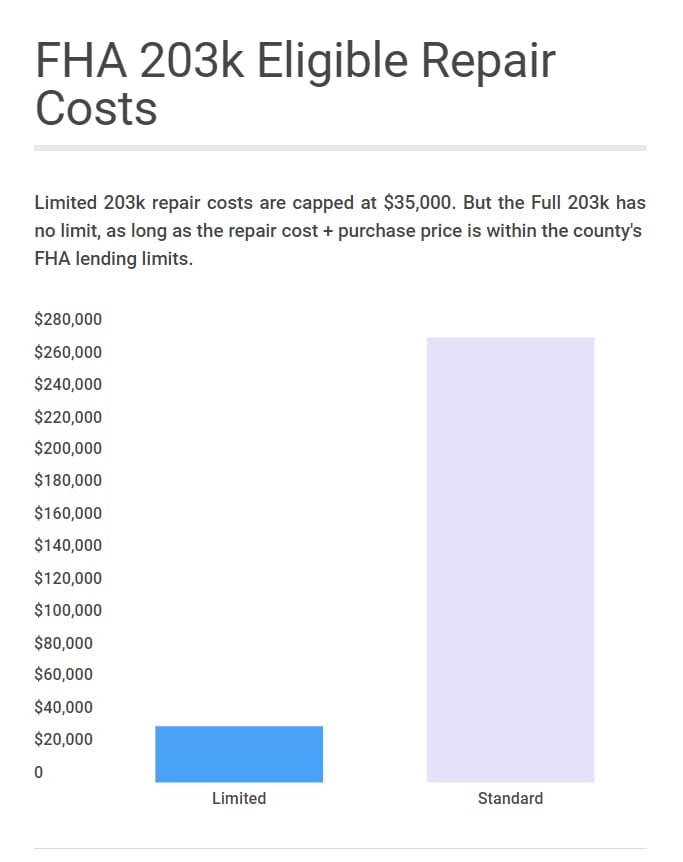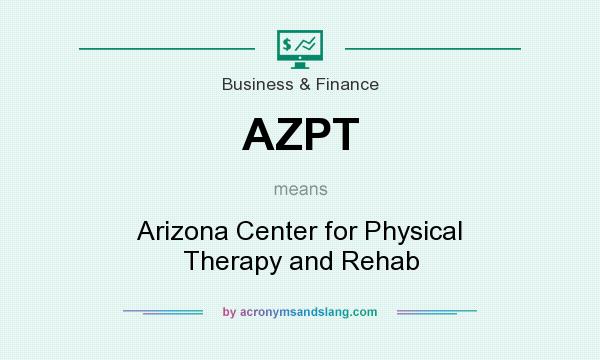Various kinds of programs offer aid in drug rehabilitation, including: property treatment (in-patient/out-patient), regional support system, extended care centers, recovery or sober houses, dependency counselling, psychological health, and medical care. Some rehab centers deal age- and gender-specific programs. In an American study of treatment providers from three separate institutions (the National Association of Alcohol Addiction and Drug Abuse Therapists, Logical Recovery Systems and the Society of Psychologists in Addictive Habits) determining the treatment supplier's reactions on the Spiritual Belief Scale (a scale determining belief in the 4 spiritual attributes Twelve step programs determined by Ernest Kurtz); the ratings were discovered to describe 41% of the variance in the treatment supplier's actions on the Addiction Belief Scale (a scale measuring adherence to the disease model or the free-will model dependency).
The National Institute on Drug Abuse (NIDA) advises cleansing followed by both medication (where relevant) and behavioral treatment, followed by relapse prevention. According to NIDA, efficient treatment needs to attend to medical and psychological health services along with follow-up options, such as community or family-based recovery assistance systems. Whatever the methodology, client inspiration is an important consider treatment success.
Medication like methadone and buprenorphine can be utilized to treat dependency to prescription opiates, and behavior modifications can be used to treat addiction to prescription stimulants, benzodiazepines, and other drugs. Kinds of behavioral treatment include: Cognitive-behavioral therapy, which looks for to assist patients to recognize, avoid and deal with scenarios in which they are most likely to relapse.
Inspirational speaking with, which is developed to increase patient inspiration to alter habits and get in treatment. Motivational incentives, which utilizes favorable reinforcement to motivate abstaining from the addictive substance. EEG Biofeedback augmented treatment improves abstaining rates of 12-step, faith-based and clinically assisted addiction for cocaine, methamphetamine, alcoholism and opioid dependencies. Treatment can be a long process and the period depends on the client's needs and history of abuse.
Specific opioid medications such as methadone and more buprenorphine are commonly utilized to deal with dependency and reliance on other opioids such as heroin, morphine or oxycodone. Methadone and buprenorphine are upkeep treatments meant to reduce yearnings for opiates, therefore decreasing controlled substance use, and the threats associated with it, such as illness, arrest, incarceration, and death, in line with the philosophy of harm reduction.
All offered research studies collected in the 2005 Australian National Examination of Pharmacotherapies for Opioid Reliance recommend that upkeep treatment is more suitable, with very high rates (79100%) of regression within three months of cleansing from levo-- acetylmethadol (LAAM), buprenorphine, and methadone. According to the National Institute on Substance Abuse (NIDA), patients supported on sufficient, continual doses of methadone or buprenorphine can keep their tasks, avoid criminal activity and violence, and decrease their exposure to HIV and Liver Disease C by stopping or lowering injection drug usage and drug-related high risk sexual behavior.
The 5-Second Trick For What Is Inpatient Drug Rehab Like

It is generally recommended in outpatient medical conditions. Naltrexone obstructs the blissful impacts of alcohol and opiates. Naltrexone cuts regression danger throughout the very first 3 months by about 36%. However, it is far less effective in helping clients maintain abstinence or retaining them in the drug-treatment system (retention rates average 12% at 90 days for naltrexone, typical 57% at 90 days for buprenorphine, average 61% at 90 days for methadone) - how to start a drug rehab program.
To date, there have actually never ever been any regulated studies showing it to be reliable, and it is not accepted as a treatment by doctors, pharmacists, or addictionologist. There have likewise been several deaths related to ibogaine usage, which triggers tachycardia and long QT syndrome. The drug is a prohibited Schedule I managed compound in the United States, and the foreign facilities in which it is administered from tend to have little oversight, and variety from motel rooms to one moderately-sized rehab center.

These medications include bupropion and nortriptyline. Bupropion hinders the re-uptake of nor-epinephrine and dopamine and has actually been FDA approved for smoking cessation, while nortriptyline is a tricyclic antidepressant which has been used to help in smoking cessation it has actually not been FDA authorized for this indicator. Acamprosate, disulfiram and topiramate (an unique anticonvulsant sulphonated sugar) are also utilized to treat alcohol dependency.
Disulfiram (likewise called Antabuse) produces a very unpleasant reaction when drinking alcohol that includes flushing, nausea and palpitations. It is more reliable for patients with high inspiration and some addicts utilize it just for high-risk scenarios. Clients who want to continue drinking or might be likely to relapse must not take disulfiram as it can result in the disulfiram-alcohol reaction pointed out previously, which is very serious and can even be fatal. how long is inpatient drug rehab.
Substance abusers also sometimes utilize the gas as an inhalant. Like all other inhalants, it's popular due to the fact that it provides consciousness-altering effects while allowing users to prevent some of the legal issues surrounding illegal or illegal drugs of abuse. Abuse of nitrous oxide can produce substantial short-term and long-term damage to human health, consisting of a form of oxygen starvation called hypoxia, brain damage, and a severe vitamin B12 deficiency that can lead to nerve damage.
In-patient domestic treatment for alcohol abuse is typically rather pricey without correct insurance. Most American programs follow a 2830 day program length. The length is based exclusively upon providers' experience. Throughout the 1940s, customers stayed about one week to get over the physical modifications, another week to comprehend the program, and another week or two to end up being steady.
The Only Guide to Who Was https://telegra.ph/h1-styleclearboth-idcontentsection05-simple-techniques-for-how-to-find-a-drug-rehabh1-09-19 Kelsey Grammer With While Going Through Drug Rehab
These include, but are not limited to AA, Narcotics Anonymous, Cocaine Anonymous and Al-Anon. One current research study recommends the importance of family involvement in property treatment client retention, finding "increased program conclusion rate for those with a member of the family or loved one involved in a seven-day household program". Clients with extreme opioid dependency are being provided brain implants to assist decrease their cravings, in the first trial of its kind in the US.
Surgical treatment follows with medical professionals making a small hole in the skull in order to insert a tiny 1mm electrode in the particular area of the brain that manages impulses such as dependency and self-discipline. This treatment is for those who have actually stopped working every other treatment, whether that is medication, behavioral therapy, social interventions.
The meaning of recovery remains divided and subjective in drug rehab, as there are no set standards for determining healing. The Betty Ford Institute specified healing as achieving total abstaining along with personal wellness while other research studies have thought about "near abstinence" as a meaning. The large variety of meanings has actually made complex the procedure of selecting rehabilitation programs (how to find a drug rehab program).
People founded guilty of minor drug offenses may be sentenced to rehabilitation rather of jail, and those convicted of driving while intoxicated are often required to attend Alcoholics Anonymous conferences. There are a variety of methods to address an alternative sentence in a drug possession or DUI case; significantly, American courts are prepared to explore outside-the-box techniques for providing this service.